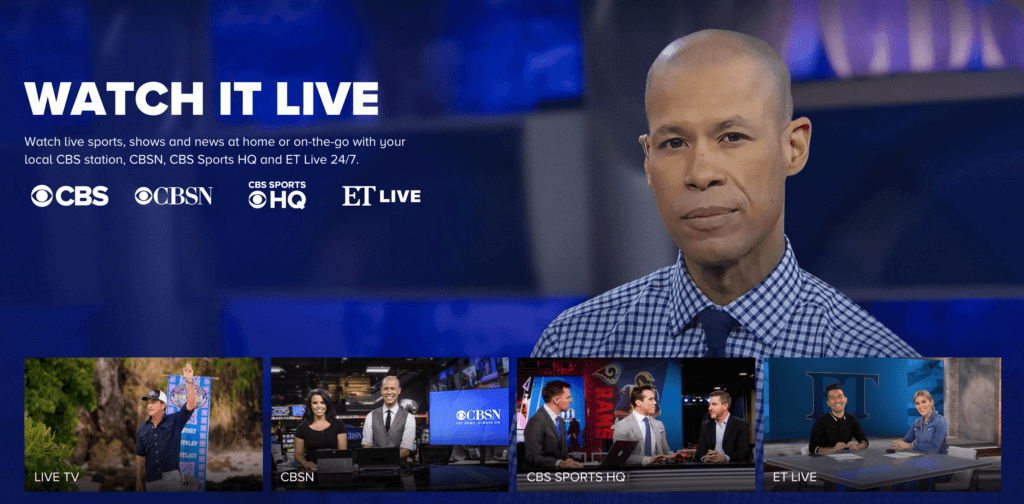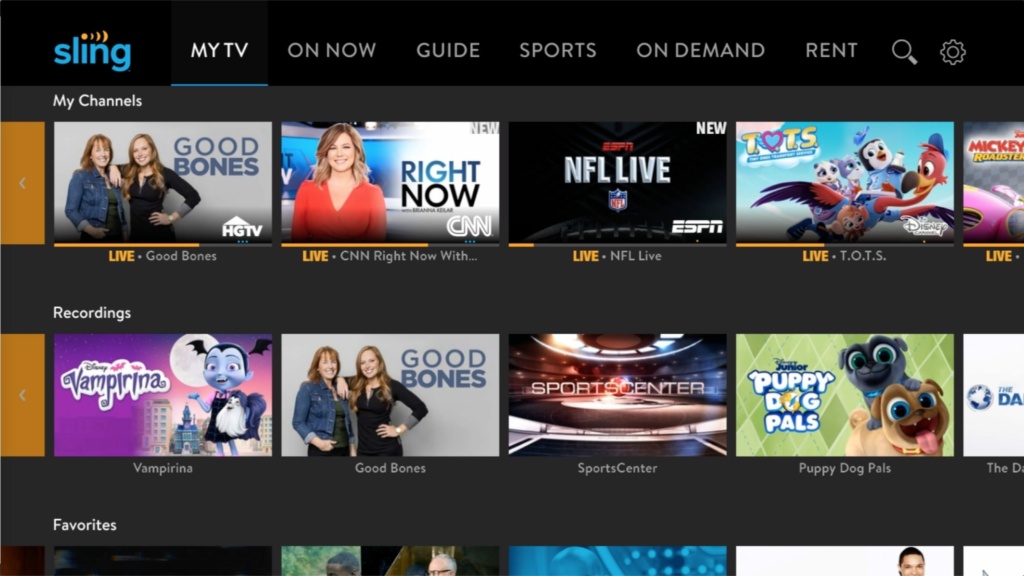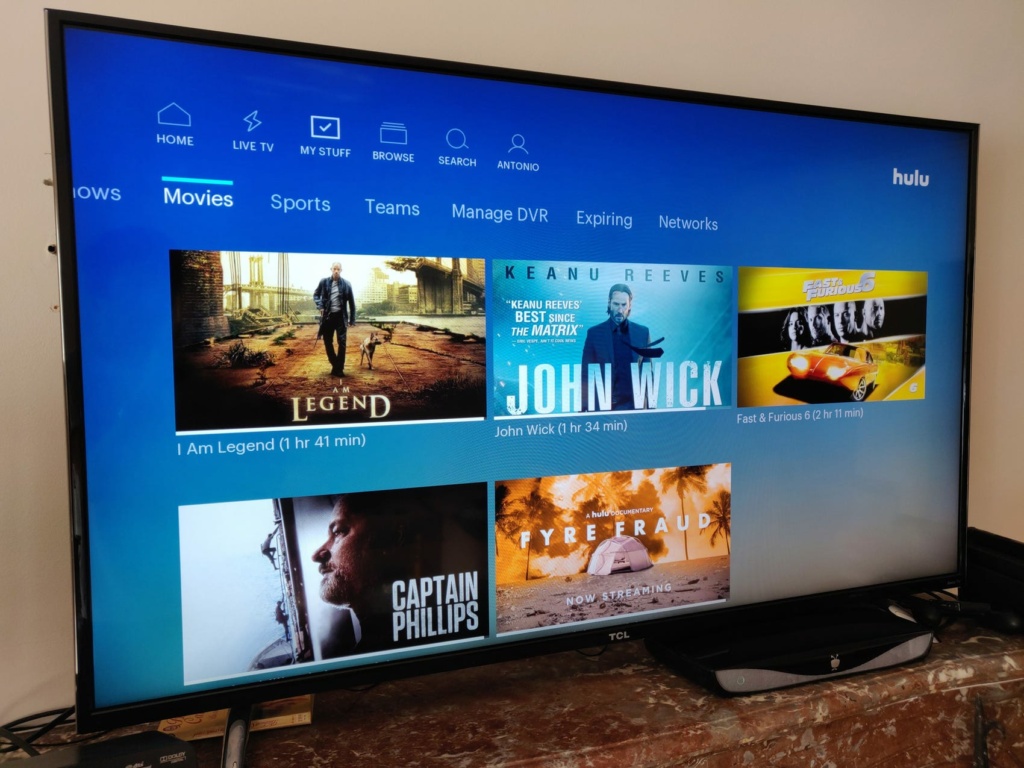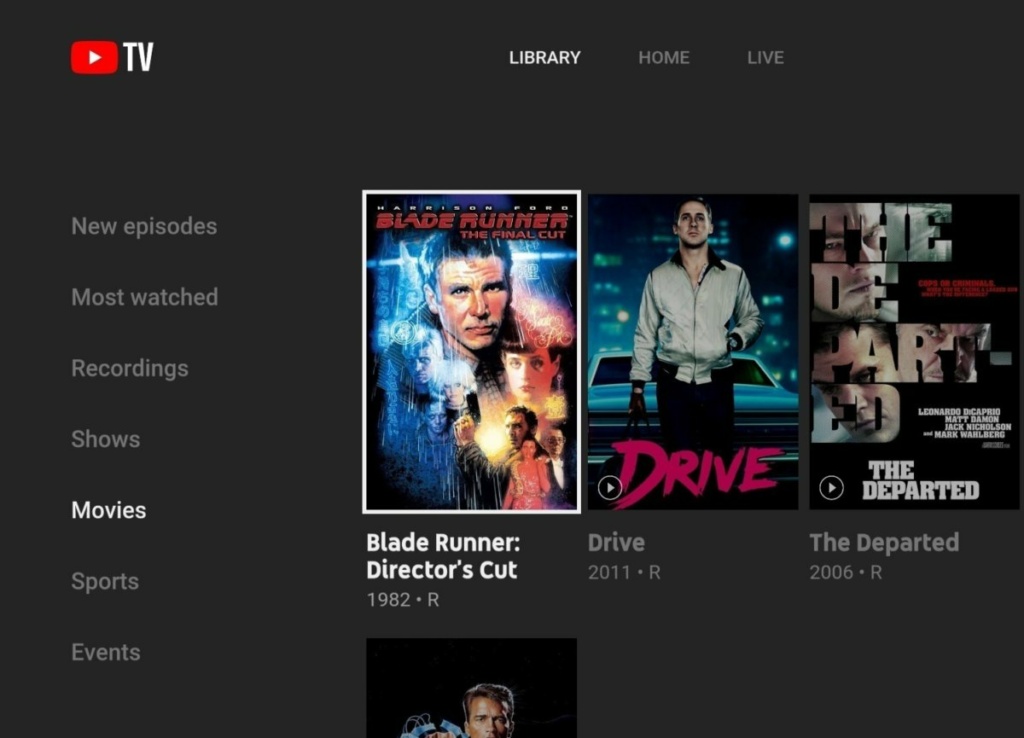How To Get Network Tv Without Cable

Watching television can be expensive. Cable TV packages range in price from $40 or more for a very basic package to $150+ for the comprehensive packages.
A large cable or satellite TV package can really make a dent in the average budget. As a result, people often seek out ways to watch local TV without cable.
There may be dozens of local TV channels available for viewing in your area that you can access for free.
Here are some of the best ways to access them without having a cable or satellite TV subscription.
In This Article
- 7 Ways to Get Local Channels Without Cable
- 1. Get an HD Antenna
- 2. Watch Local Channels Online
- 3. Get Sling TV
- 4. Download a Mobile App
- 5. Get Hulu
- 6. Watch YouTube TV
- 7. Watch Locast
- Summary
7 Ways to Get Local Channels Without Cable
When I was researching local cable company pricing for this post, I found that most of the cable companies where I live charge $60 per month just for viewing local TV channels.
Bigger packages started at about $75 per month, and that didn't include taxes, fees, installation charges, and monthly equipment rental fees.
As you can see, a cable or satellite TV package can get expensive quickly, even when you just want to have a better quality reception to watch local TV channels.
So, what are your alternatives? Here are some top ideas.
1. Get an HD Antenna
Using an HD antenna takes a bit of money and a bit of knowledge as well. It matters where you place your antenna.
Using this cool website called Antenna Web, I did an address search of our country home to find out how many channels we could get if we hooked up an HD antenna.
When I typed in our address without checking the box stating that the antenna would be installed at least 30 feet above ground, it said we could get 52 local channels by using an HD antenna.
Bonus, when we install the antenna at least thirty feet above ground, we could get 55 local channels.
It's not a big difference in the number of channels, depending on what those other three channels broadcasted.
Even without installing the antenna at thirty feet or above, we could view some channels that were 40-plus miles away from our house.
What Type of Antenna?
The answer to that question can vary. One way to determine which type of antenna is best for you is to find out what direction the broadcast stations are in comparison to your house.
If they're all located in a single location from your house, you can use a directional antenna. A directional antenna focuses its power in one direction.

HDTV Antenna
- ✅[[Lightweight and Simple Design]- Light and flat design, beautiful enough and easy to install, you can hide it behind the TV set or stick it on the window wall or anywhere you like, of course, TV signals must be accepted there.
- ✅[Long Range Reception] -The HDTV antenna is large enough to receive TV signals up to 200 miles, and it carries signal amplifiers, making it easier to amplify the antenna to get the best reception when you put it anywhere in your home, covering almost every home and area. If you live within 35 miles of the broadcasting tower, turn the loudspeaker to "short distance",Built-in high quality state-of-the-art nanotechnology for maximum strength increases the reception capacity of the TV antenna.
- ✅[16.5 FT High Quality Coax Cable]-Coaxial cable is composed of solid center conductor, dielectric insulation, three aluminum shielding layers and durable outer layer. so that you will never lose signal or suffer distortion even in bad weather. From electromagnetic and radio frequency interfere.
- ✅[Easy to install] - Face the antenna tv in the direction of your local tower and scan for channels Try different mounting locations using the convenient 3m adhesive stickers power-grip suction cups or mounting screws The Extra-long 17ft coaxial cable provides lots of flexibility to place your antenna on a wall behind your tv or even flat on a table.
If the broadcast towers are located in the same general direction but multiple locations, a multi-directional antenna will likely work the best.
If towers are located in multiple directions that aren't necessarily near one another, an omnidirectional antenna is a good choice.
You can also buy a good directional antenna that has a remote. The remote allows you to change the direction the antenna faces according to which tower you're accessing at a given time.
If you live further out you'll likely need a more powerful antenna. However, if you live within 20 miles of most broadcast stations, you can probably get away with something a little less powerful.
Indoor or Outdoor Antennas?
An indoor antenna should work fine if you live in close proximity (within 20 miles or so) to broadcasting stations.
You'll also need an indoor antenna if you live in an apartment, townhome, or condominium where installing an outdoor antenna is not allowed.
However, if you can get away with installing an outdoor antenna, you'll probably have better reception no matter where you live.
If you live far away from broadcasting stations, an outdoor antenna is a must.
While an antenna is probably the best option for maximizing the number of local channels you can view without having cable TV, there are other options as well.
2. Watch Local Channels Online

You may be able to watch your local channels online from your computer if you have Internet access.
Big local stations such as:
- CBS
- NBC
- ABC
Often offer free online viewing of the shows they air. However, the ability to live stream shows on national networks such as these may or may not be available to you depending on different factors.
For instance, when I tried to watch live shows on ABC from my home computer, the site told me that live streaming wasn't available in my area.
Other sites, such as CBS, offer free viewing of some shows as well as a live streaming service that allows you to watch all local CBS shows from your computer at home.
Paramount+ (previously CBS All Access), for example, offers live streaming of their channel starting at $4.99 per month. However, the service may or may not be available in your area.
3. Get Sling TV

Sling TV is a streaming service similar to Netflix or Hulu as it is accessed via your Internet connection. Unlike similar streaming services, Sling TV specializes in streaming live TV shows instead of on-demand shows.
In that way, Sling is similar to cable or satellite TV companies.
Sling TV offers three packages:
- The Orange package for $35 a month (Includes ESPN)
- The Blue package for $35 a month (Includes Fox Sports)
- The combination Orange/Blue package for $50 a month
While there is some crossover in the types of channels available with the orange and blue packages, there are some channels that are only available in one package or the other.
Also, the orange package is limited to one user at a time while the blue package supports multiple (up to 3) devices at a time.
It's important to note as well that a Sling TV package might not contain all of the local channels in your area.
Their website states that channels such as FOX, NBC and ABC are only available in select markets.
Sling TV can be a good alternative to high cable and satellite TV costs, but it might not be able to give you access to all of your local channels like an antenna would.
They are currently running a promotion to get SlingTV for $10 for the first month!
4. Download a Mobile App

Many local stations offer mobile apps for watching local TV shows on your smartphone or other mobile devices for free.
CBS, ABC, NBC, Fox and the CW stations all offer mobile apps that allow you to stream local TV shows on your mobile app without the need for a subscription or a cable or satellite hookup.
It's important to note that each app works a bit differently. The CBS app allows viewers to see full episodes of their favorite CBS shows on-demand the day after they air.
However, if you want access to live streaming or to their full archives, you'll have to pay for their Paramount+ package which I talked about earlier.
Paramount+ has packages starting at $4.99 per month.
The ABC App
The ABC app offers archive viewing and live stream viewing for free, however in some larger markets such as Chicago, Los Angeles and New York City you need to have a cable or satellite provider to do so.
The NBC App
The NBC app offers free viewing of recent episodes of some new shows. They also offer some older episodes and shows from your mobile device.
While live streaming and some recent episodes require mobile viewers to have a satellite or cable provider.
The Fox App
The Fox app allows you to stream most shows the day after the original airing date. However, more selections and live streaming are available with your participating TV provider account.
The CW App
The CW app is probably the least akin to live TV. While they offer to stream for free, they only offer to view the five most recent episodes of each show.
And there's not an option to view more if you have a TV subscription provider.
Also, mobile apps are also available for some other TV cable channels.
Mobile apps without TV subscription packages may not give you every option for watching your favorite local channel's shows without a cable subscription.
Yet, they do help you increase the number of shows you can see for free on your mobile device.
5. Get Hulu

Hulu is a popular streaming service that helps you watch local channels for as little as $5 per month. With Hulu you can watch local channels, movie channels, and more.
Local channel prime time shows and other show episodes are available for streaming the day after they air. Hulu does come with commercials, but you can pay an extra $6 per month and go ad-free.
You can also upgrade to Hulu Live TV for $54.99 per month and watch episodes as they air. Hulu has thousands of movies and TV episodes to choose from.
And all subscriptions come with a free 30-day trial.
There are no hidden fees or equipment rentals, and you can switch plans or cancel anytime.
6. Watch YouTube TV

YouTube TV is one of the latest additions to the streaming world. With YouTube TV, you can watch local channels, entertainment, sports, news, and more.
When you subscribe to YouTube TV you can add up to six accounts.
Depending on the area you live in, you could have access to 85 channels or more with YouTube TV.
YouTube TV has local channels and many other cable channel favorites too, depending on the area you live in.
The one caveat: YouTube TV is a bit spendy at $64.99 per month. But they do offer a free 7-day trial for new subscribers. And even at $64.99 per month, YouTube TV is cheaper than many cable company subscription packages.
7. Watch Locast
Locast is a public service company offering free local channels over the internet.
All you have to do is verify you live in your selected city's market area and then use your connection to the internet to watch free local channels.
Locast does ask users to donate to cover costs, but donating is not required. However, if you don't donate a minimum of $5 a month, you will get regular requests for donations.
Also, Locast runs in a limited area of about 25 major U.S. cities and surrounding areas, but their services do cover nearly 50 percent of the country. Check their website to see if you live in a Locast service area.
Summary
Considering the wide variety of ways you can watch local TV without cable or satellite, it's just one more reason to cut the cord and stop paying for expensive cable TV packages.
Using the information above can help you determine which route is the most cost-effective and convenient for you.
How To Get Network Tv Without Cable
Source: https://wellkeptwallet.com/watch-local-tv-without-cable/
Posted by: williamsbrat1966.blogspot.com

0 Response to "How To Get Network Tv Without Cable"
Post a Comment